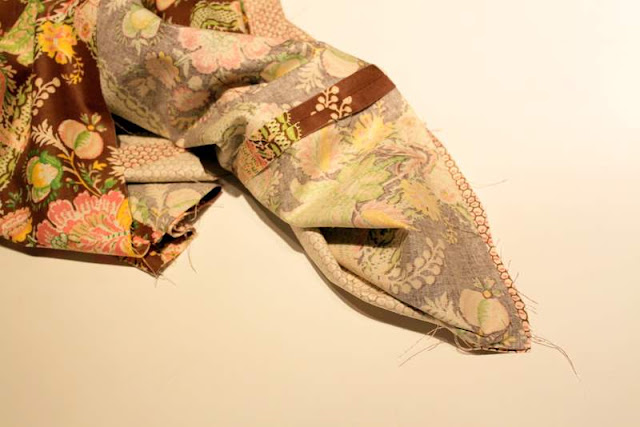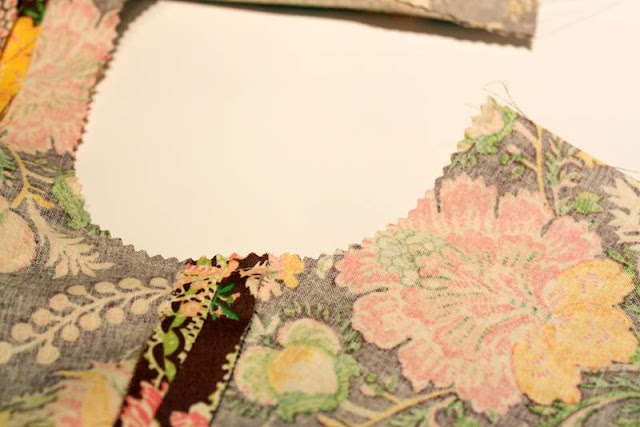The kitchen is more than likely the main part of the house that we spend our time in these days, and thats more than likely not just for cooking and cleaning. It is no longer a place where we just cook and go. The kitchen is seen and a premium area of the house nowadays, so its has become more important that it looks rather stylish as people dont just want to feel good about their food they want to feel good about where they are preparing it. Thats why many are opting to modernise their kitchen by having a nice shiny kitchen backsplash installed or fitting one themselves.
Maybe you already have a pretty good looking kitchen but you are getting tired of your current design. Your kitchen might be missing something so maybe is it time to really change how the kitchen looks. Backsplashes can really complement the kitchen, so maybe you need to consider some of the following simple backsplashes ideas for the kitchen that can help lighten and brighten your kitchen.

There are some definite ideas that you need to consider in creating your backsplash designs. Start with a strong theme and move forward from there. Decide on a color scheme to be used and then move on to the other elements planned. Your choice of materials and texture is really important, with use of imagination being the secret to success in choice of the perfect design.
When choosing or designing your new backsplash you have the choice of so many differing styles colours and materials. You can consider a mural on your backsplash tiles. For example you could get an artist to create your own kitchen backsplash design by custom hand painting you a mural on ceramic tiles by hand to order. They will usually be able to do this in any pattern, style, theme or colour. Or maybe you can get a picture printed onto individual tiles that then make one glorious picture when the tiles are stuck up on the wall.
You should also study the colors of your current kitchen accessories or consider the purchase of new items in the kitchen before you make your choice, otherwise it might not work. Backsplashes can be very bold if thats your style or they can be extremely plain and simple.
The backsplash area is possible the busiest and hardest working place in your kitchen, that is likely to acquire food stains from all the various kitchen activities. So its definitely a place that could do with sprucing up and making less functional. So redesign your kitchen backsplash to bring together the entire kitchens kitchens design. Add a new sense of character and flair to bring your old drab kitchen space into the trends of today and turn that very standard and function area into the main centre stage for your kitchen. You may just want to update your kitchen backsplash to make your kitchen look shiny bright and new.
Take the time and effort create a beautiful kitchen backsplash for your kitchen and you will be well rewarded. Your imagination is your first tool for designing an new lok for you kitchen so make the most of it. With so many choices of designs its amazing what you will be able to think of for your backsplash.
Materials to choose from for your modern design for your backsplash range from glass, ceramics, metal, steel, tin or other such materials. Sometimes people choose themes when embarking on a design for a backsplash and when bouncing around ideas, choosing colors and looks. Accompany these with some clever designs and you can create a backsplash that really stands out.
Traditional backsplashes can be made from marble, or unusual materials for today such as earth colored chipped tiles which would give a more traditional look in the kitchen. These are the little touches that make all the difference.
Remodel Kitchens
Glass Tile Backsplash Ideas
How To Choose A Tiled Kitchen Backsplash

















































